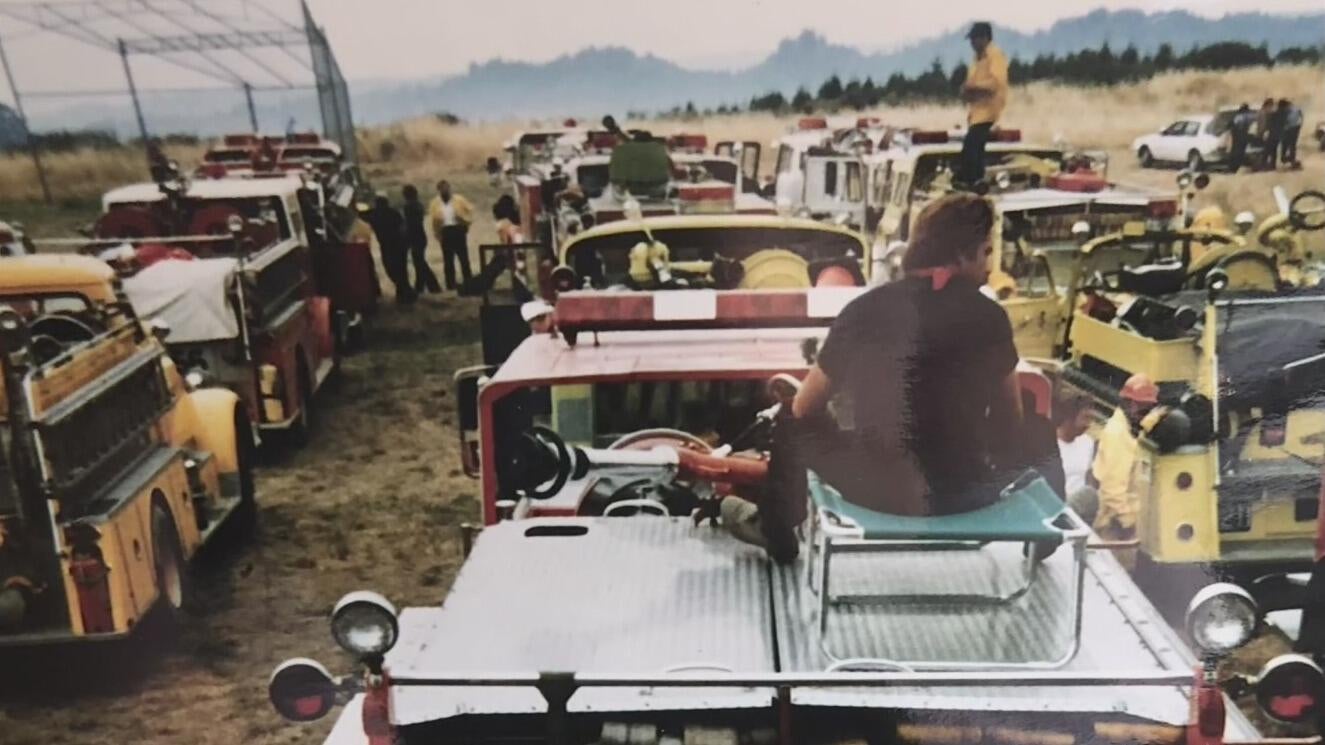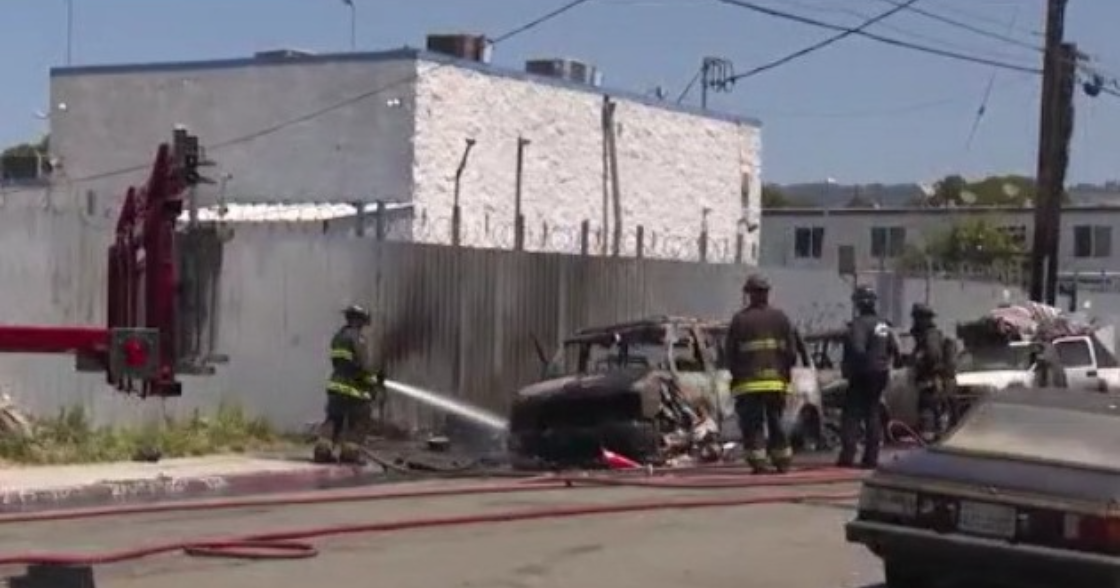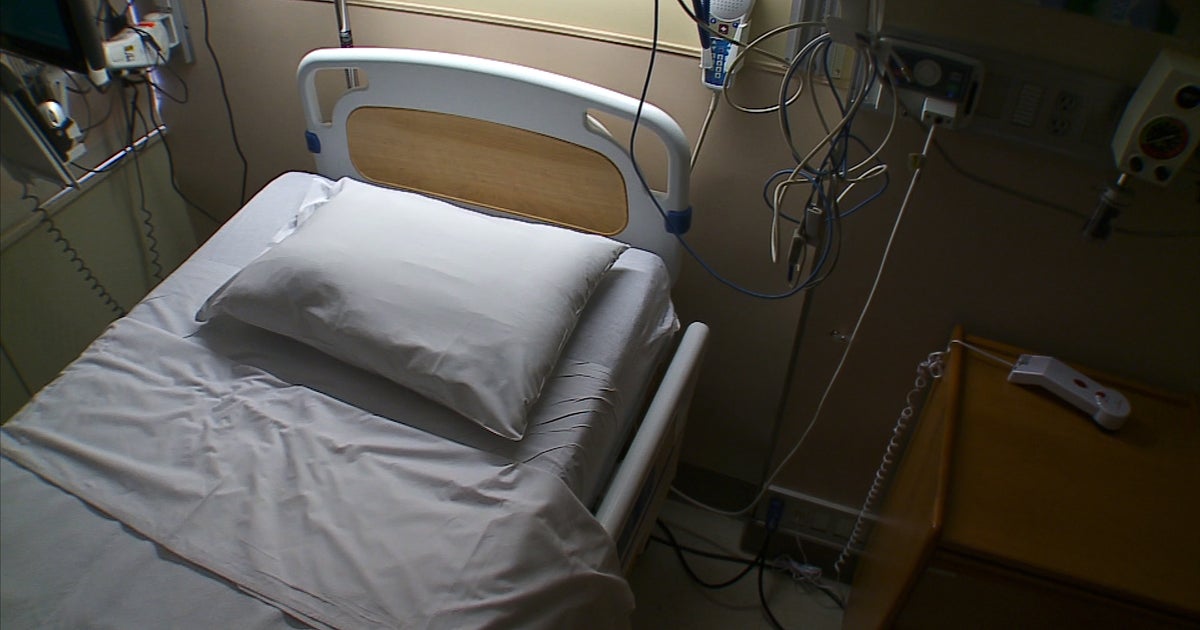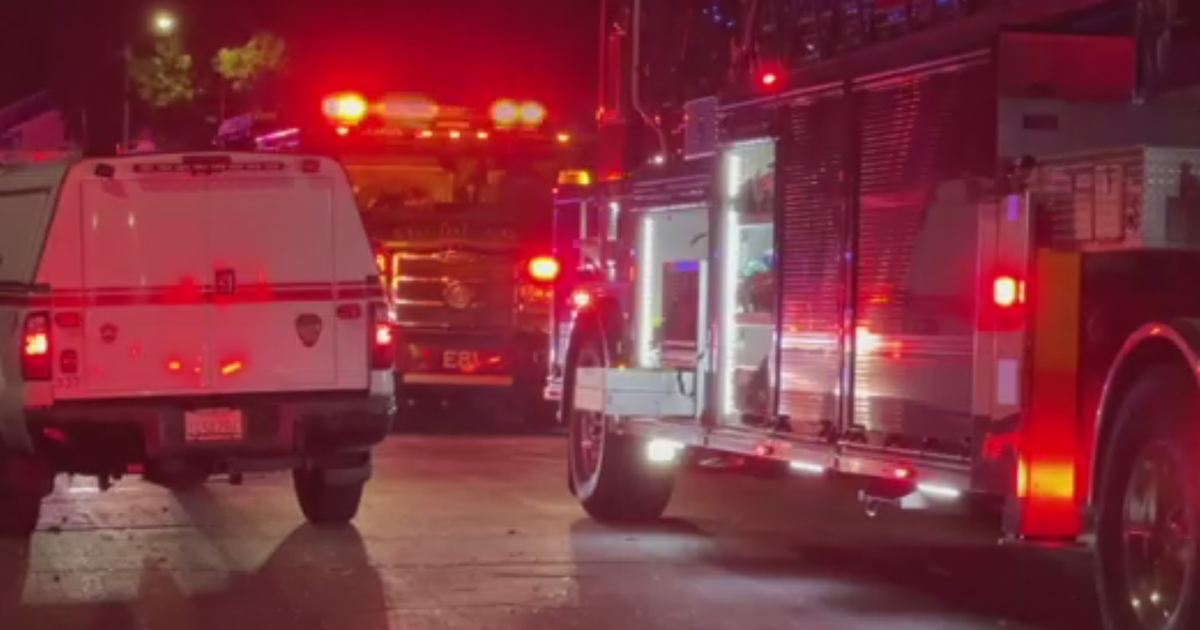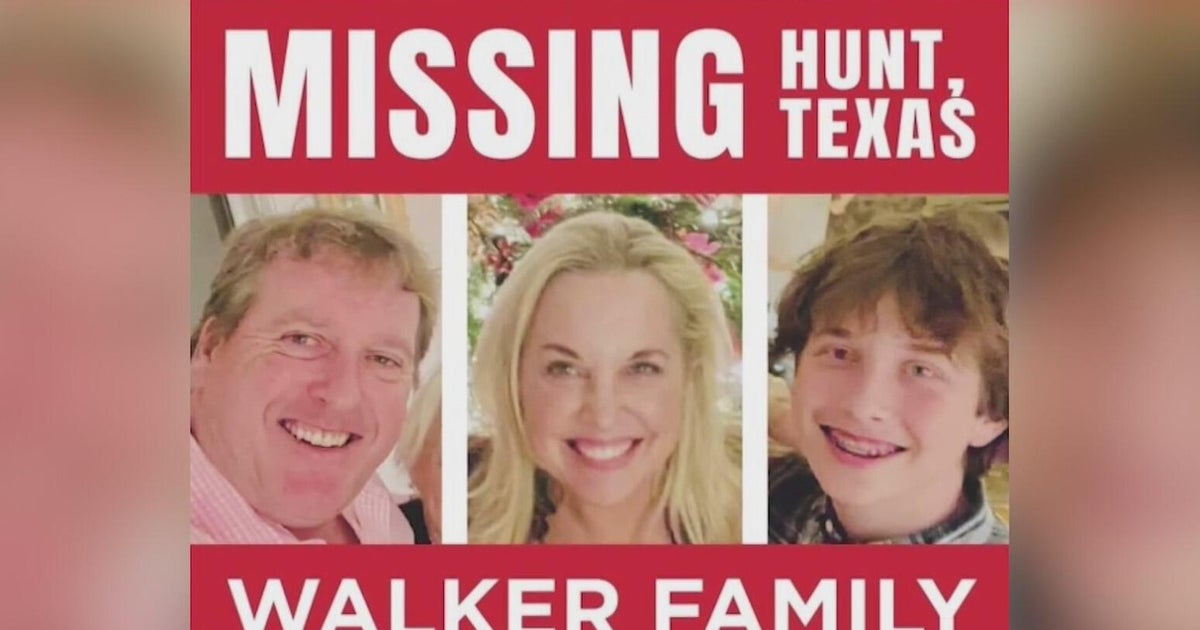Monday marks 40 years since Lexington Fire tore through South Bay hills
In the last few years, California has had a lot of experience fighting large wildland fires, and they've gotten pretty good at it. But Monday, July 7, marked 40 years since a huge fire burned in the Santa Clara hills.
That fire taught a lot of the lessons that are being put into practice today.
Known as the Lexington Fire, it began at a Lexington Reservoir park when a man lit a bottle rocket. It led not only to the biggest fire anyone had ever seen, but it also changed the way wildland fires are fought in California.
The blaze roared through the steep, wooded area near Los Gatos and a local news reporter named Lee Egherman documented what happened.
"Fueled by dry brush and temperatures that hovered near the 100-degree mark, the fire swept to the south," he said. "Consuming brush and trees at the rate of one acre a minute."
The weather conditions pushed the fire forward, but there was little air support available, so firefighters were left to battle the blaze from the ground. Retired Santa Clara County Fire Chief Doug Sporleder, now 83 years old, was an incident commander and remembers what it looked like at the command center at Vasona Park.
"The county executive gave us permission to set up our fire camp here. And this is where 3,000 firefighters came," he said.
Sporleder, who was 42 at the time, said he had never seen such a big operation.
"This county had not. It was completely new. The weather report was given to us and said this is really going to get serious this afternoon," he said.
So, he made a request to the State's emergency services officer.
"'I need 25 strike teams, 125 engines, this afternoon. We're going to have a problem. It's going to blow up,'" he recalled saying. "And he got 'em. It was remarkable."
Sporlader said they had never mounted such a large response. And after all these years, he still has the T-shirt from the fire listing the 200 departments that pitched in to help. At the time it was the largest mutual aid effort in US history.
But just because they had lots of people and equipment, there was still a lot to learn. Harold Schapelhouman, now a retired Menlo Park Fire Chief, was a rookie wildland firefighter who was assigned to drive the largest engine with the worst turning radius.
He said his hoses were the wrong kind for wildfires, and they had only one shovel for the three-man crew.
"We had the wrong equipment, we didn't have the tools," he said.
In fact, he said he didn't even have a water jug on the rig.
"Correct. Toothpaste, toothbrush, tent, sleeping bag, would have all been great. Didn't have anything. We didn't have anything for breathing, so we would use a wet neck scarf, handkerchief. All that is completely different today."
If things are different today, that may be, in part, because of the letter Schapelhouman wrote to his superiors suggesting changes for the future. But, in the process, the rookie also learned a lesson about the chain of command.
"So, you kind of learn that as a young firefighter. They don't necessarily need it in writing," he said, laughing. "You can tell somebody of rank and hopefully it, you know, it's their dea. You know, they don't need some smart young guy telling them what to do."
The Lexington Fire burned for six days before the weather changed, giving firefighters a chance to bring it under control. In all, 14,000 acres burned, but only 42 structures were destroyed and, miraculously, no one was hurt or injured in the blaze. Still, it was a learning experience all around. Because of the fire, state and local departments changed the way they organize mutual aid, coordinate radio frequencies and allocate air resources. Even the command structure for large events was changed.
"It's completely different. And it works extremely well," said Sporleder.
And that may be important for those who survived the fire. Sporleder said the area previously burned in 1961 and recovered, then burned and recovered again in 1985. Now, he said, the conditions are right for it to burn again.
